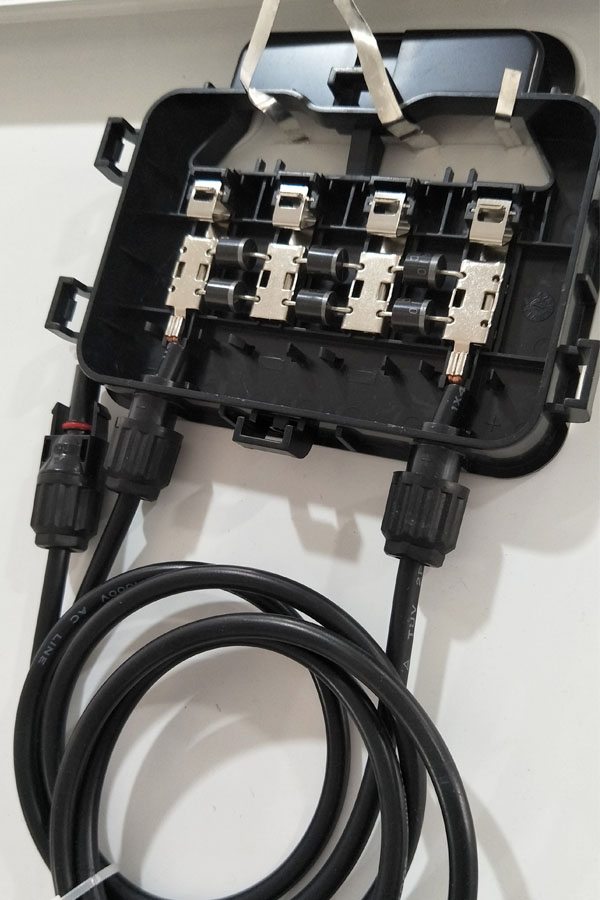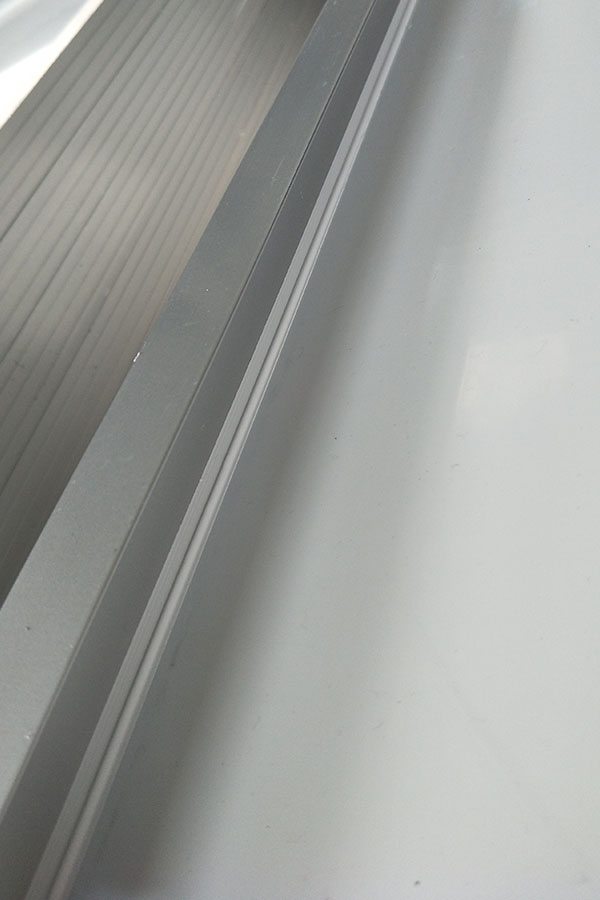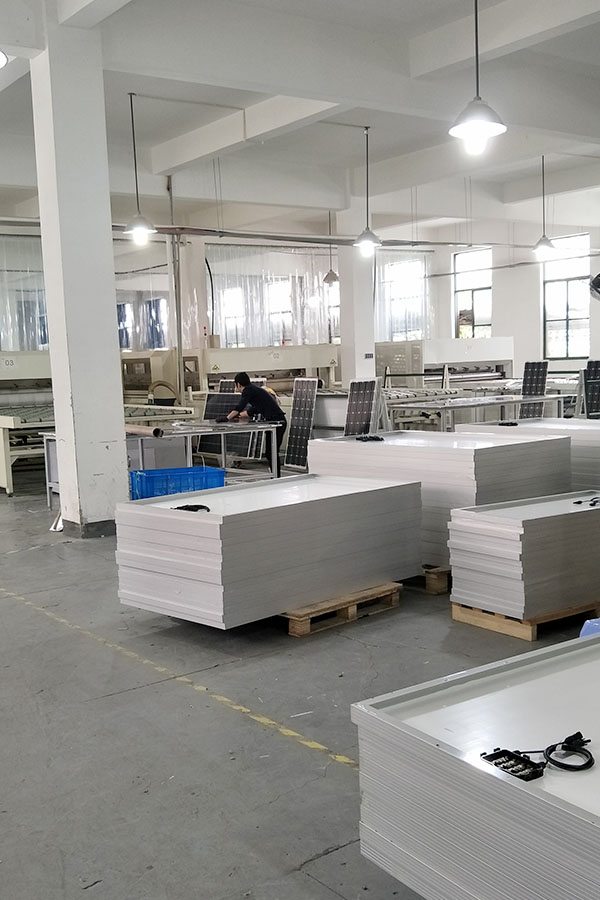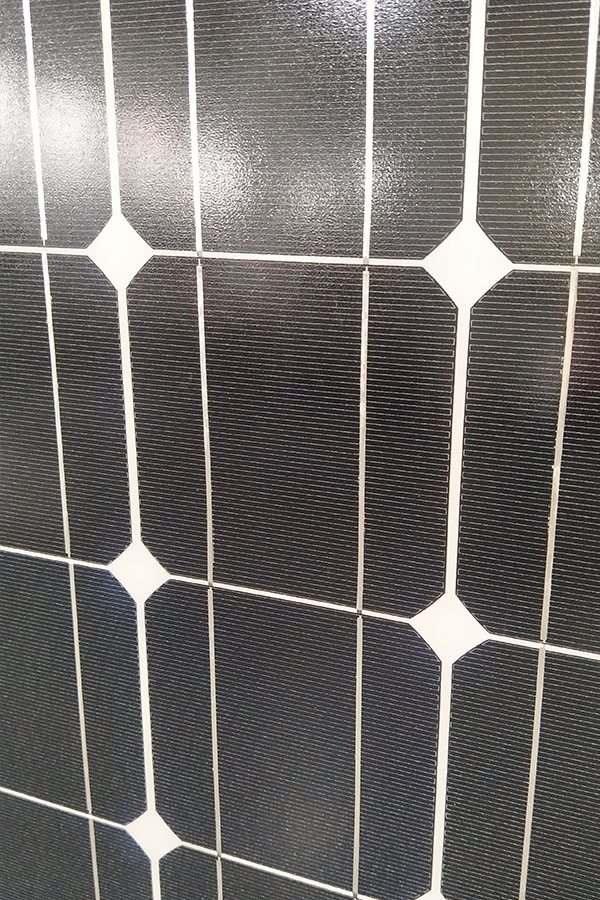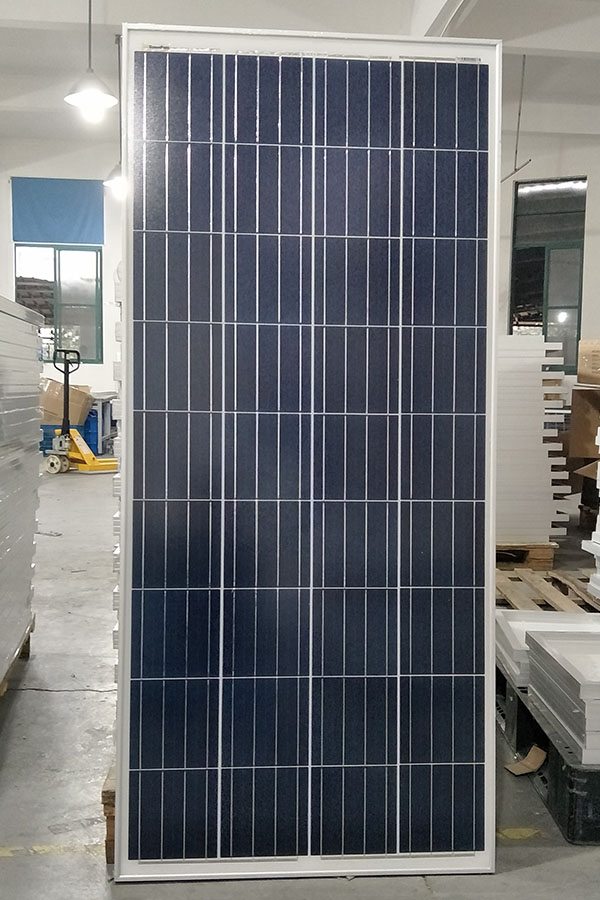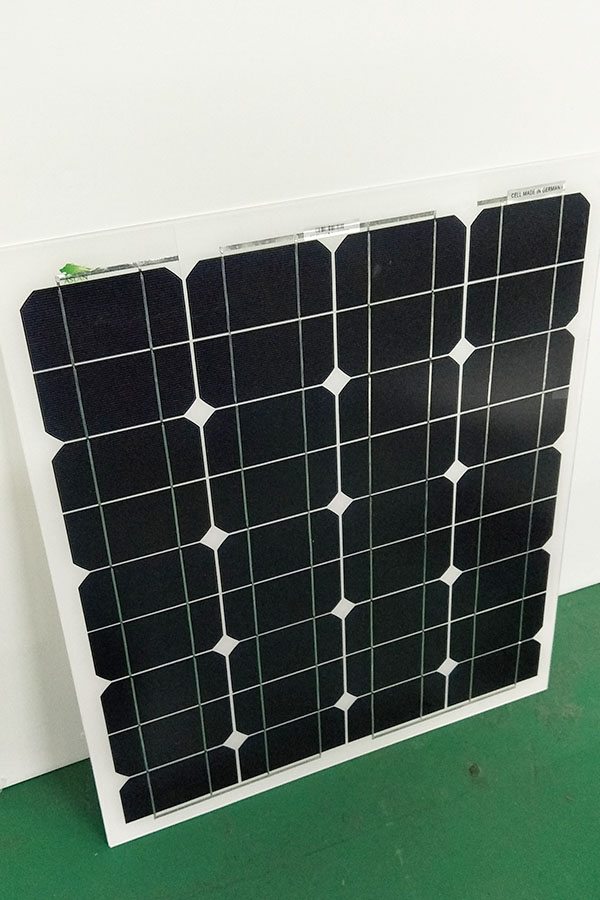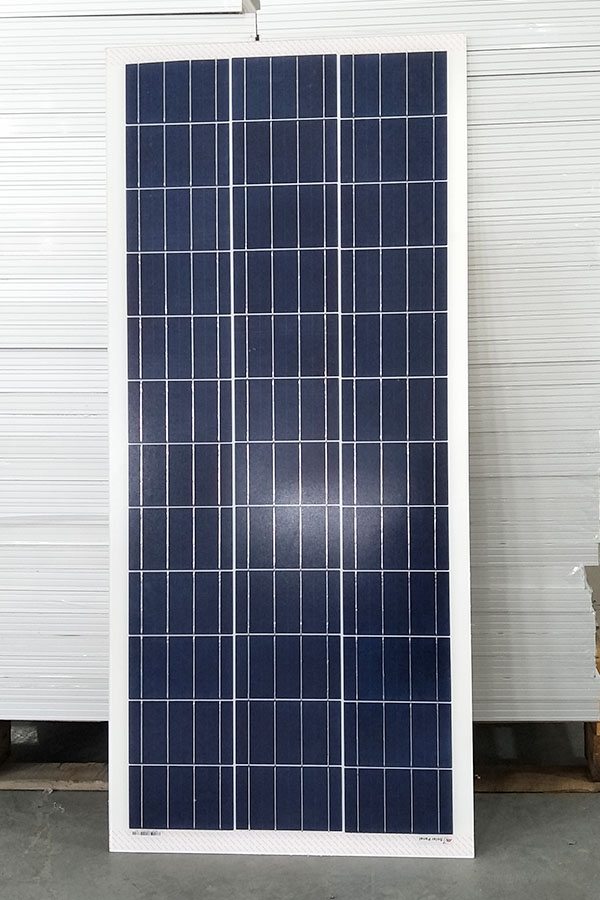90% OFF Price For Mono-Crystalline 180W Solar Panel Auckland Factory
Short Description:
We have a highly efficient team to deal with inquiries from customers. Our goal is "100% customer satisfaction by our product quality, price & our team service" and enjoy a good reputation among clients. With many factories, we can provide a wide range of 90% OFF Price For Mono-Crystalline 180W Solar Panel Auckland Factory, We warmly welcome merchants from home and abroad to call us and establish business relationship with us, and we will do our best to serve you.
Mono-Crystalline 180W Solar Panel
Technical parameter
Maximum Power(W) 180W
Optimum Power Voltage(Vmp) 36.42V
Optimum Operating Current(Imp) 4.96A
Open Circuit Voltage(Voc) 44.45V
Short Circuit Current(Isc) 5.44A
Mechanical Characteristics
Cell Type Mono-crystalline 125x125mm (5 inch)
No of Cell 72 (6x12pcs)
Dimensions 1580x808x35mm
Weight 14.5Kg
Front Glass 3.2mm,High Transmission, Low Iron,Tempered Glass
Junction box IP65 Rated
Output Cable TUV 1×4.0mm2/UL12AWG,Length:900mm
Temperature and Coefficients
Operating Temperature(°C): -40°C ~ + 85°C
Maximum System Voltage: 600V(UL)/1000V(IEC) DC
Maximum Rated Current Series: 15A
Temperature Coefficients of Pmax: -0.47%
Temperature Coefficients of Voc: -0.389%
Temperature Coefficients of Isc: 0.057%
Nominal Operationg Cell Temperature (NOCT): 47+/-2°C
Materials of solar panel
1).Solar Cell——Mono-crystalline solar cell 125*125mm
2).Front Glass——-3.2mm, high transmission, low iron, tempered glass
3).EVA——-excellent anti-aging EVA
4).TPT——-TPT hot seal made of flame resistance
5).Frame——anodized aluminum profile
6).Junction Box——-IP65 rated, high quality, with diode protection
Superiority: high quality anodized aluminum frame, high efficiency long life, easy installation, strong wind resistance, strong hail resistance.
Features
1. High cell efficiency with quality silicon materials for long term output stability
2. Strictly quality control ensure the stability and reliability, totally 23 QC procedures
3. High transmittance low iron tempered glass with enhanced stiffness and impact resistance
4. Both Poly-crystalline and Mono-crystalline
5. Excellent performance in harsh weather
6. Outstanding electrical performance under high temperature and low irradiance
Quality assurance testing
Thermal cycling test
Thermal shock test
Thermal/Freezing and high humidity cycling test
Electrical isolation test
Hail impact test
Mechanical, wind and twist loading test
Salt mist test
Light and water-exposure test
Moist carbon dioxide/sulphur dioxide
Please SHARE & SUBSCRIBE.
This video explains how you can run your house on solar electricity generated by solar panels in Pakistan. This video in Urdu language produced by Dr. Pervez Hoodbhoy. There is electricity shortfall in the country and electricity is also becoming very expensive day by day. Ultimately, you can run your home and car on solar electricity. Solar tube-wells and flour mills are also running on solar panels in the rural area. It really fascinates me.
You can run your home and your cars on solar energy. Here is another good video to watch how a guy is doing this:
Related Keywords:
Run your car on water,run your car on hydrogen,free energy devices,free energy magnet motor,solar home,generate electricity,Solar Electricity,solar panel system,solar powered,Off-the-grid,Solar Power (Character Power),offthegrid,free power,alternative energy,home solar system,residential solar panels,sun energy,hydroelectric energy,living off the grid,off the grid living,going off the grid,get off the grid,diy hydrogen for home use
This informative webinar features SunWize Senior Engineer Rob Rallo, who has over 25 years experience designing off-grid solar, hybrid, and battery backup power systems.
This educational webinar will cover several topics related to PWM charge controllers, MPPT charge controllers, and 60-cell solar modules.
The first portion of the webinar will discuss voltage set points, temperature effects, and voltage losses between the array and solar charge controller. We will review appropriate calculations and best-practices related to these topics when designing off-grid solar systems.
The next portion of the presentation will cover appropriate design considerations for 60-cell (24V) solar modules when integrating into battery based systems. This section will include calculations for charge controller and battery bank voltages when using 60-cell modules.
Finally, we will discuss performance differences between PWM and MPPT charge controllers. When deciding what controller to use, it’s important to understand the limitations of each controller type, their advantages/disadvantages, different capabilities & features, as well as understanding the correct amount of power you can expect to produce with each type of controller under various conditions.
Make sure you are adequately sizing your system’s exact equipment & specifications with appropriate power output calculations, temperature effects, and line loss considerations!

